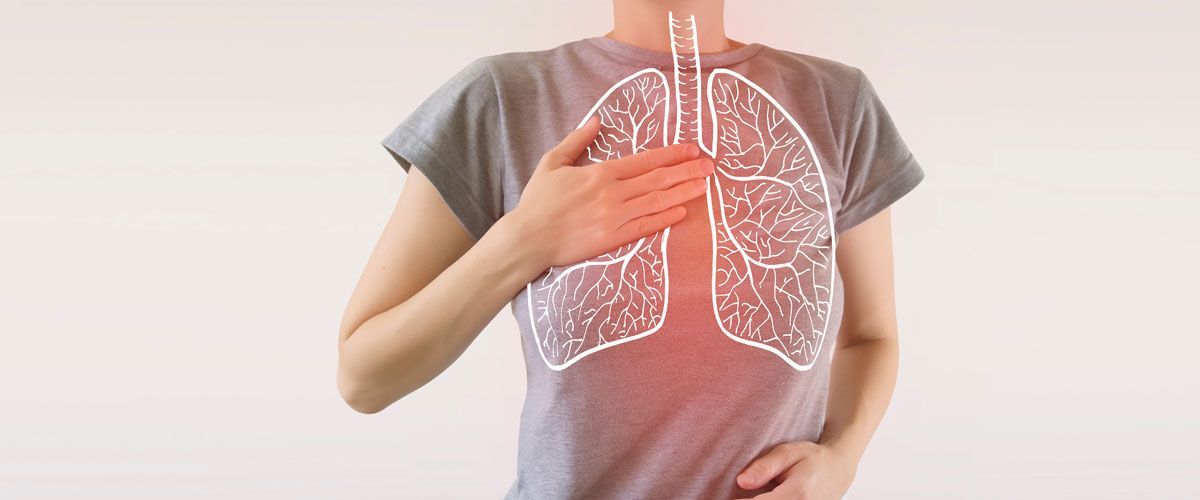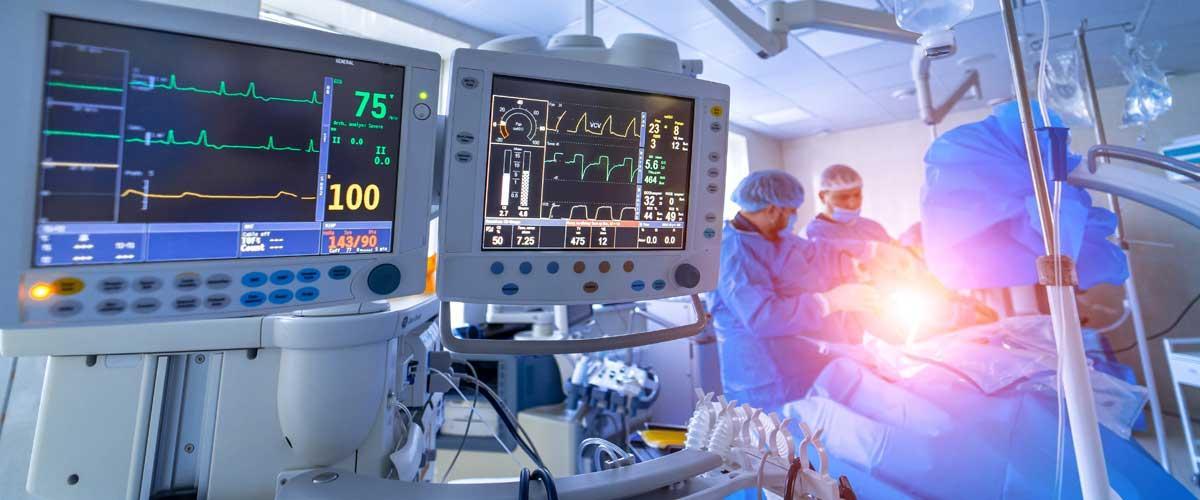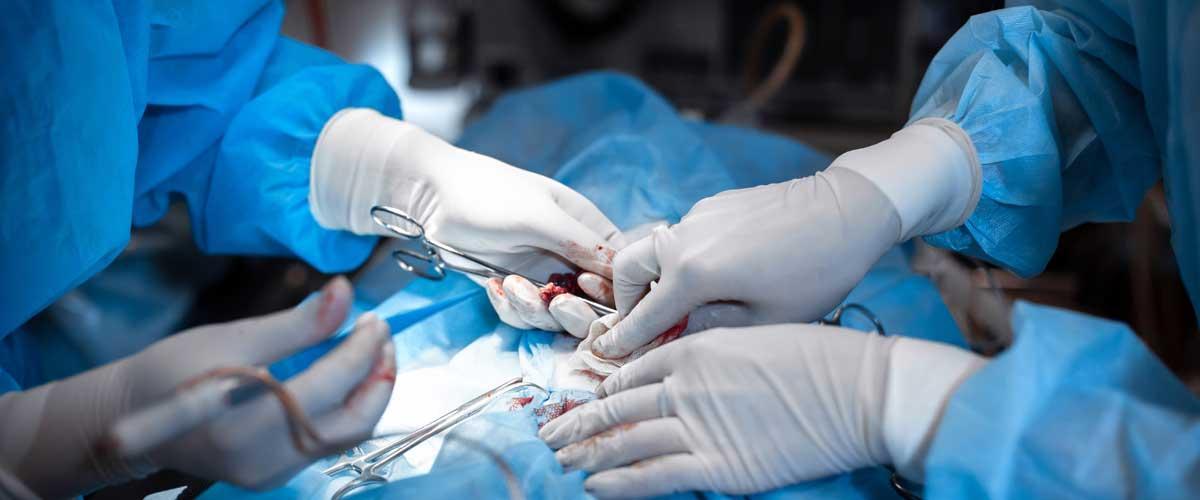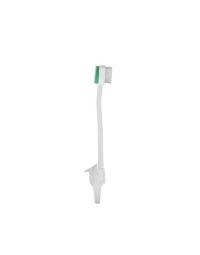When a patient has been intubated with an endotracheal or tracheostomy tube for at least 48 hours, ventilator-associated pneumonia (VAP) can develop. VAP is currently the most common intensive care unit-acquired infection amongst mechanically ventilated patients and it has serious implications. Why is this? When patients are intubated, coughing, chewing and swallowing actions are limited. Therefore, microorganisms are able to grow quickly and pool above the tracheal tube cuff. And after pooling, paired with microaspiration, bacteria can make their way in the respiratory tract, which can lead to the development of pneumonia.
VAP is often associated with increased adverse events such as morbidity, mortality and financial costs. It is estimated that VAP causes a six per cent increase in mortality rates, the extension of hospitalisation by up to 12 additional days and longer mechanical ventilation for up to 10 more days.1 Researchers have further reported that VAP can cost between €10,800 and €51,000 to treat.2
What are some measures to prevent VAP?
It is important to take actions to prevent VAP, which poses greater risks for critically ill patients. Providing educational programmes for healthcare staff and introducing clinical guidelines and protocols for the prevention of VAP are not enough. It is also necessary to implement standard precautions, such as proper hand hygiene and the use of personal protective equipment (PPE). Still, you could do more.
Here are five other measures that play a very important role in limiting VAP-associated risks.
1. Elevation of the head
Patient positioning has a strategic effect on VAP-associated risks. If there are no other contraindications, patients should be in the semi-recumbent position (i.e. 30 to 45 degrees) as a preventive measure.3
2. Minimisation of ventilator exposure
It is important to avoid mechanical ventilation where possible. Encouraging the use of non-invasive mechanical ventilation approaches is one way to decrease mechanical ventilation.4 If mechanical ventilation is unavoidable, it is important to try to minimise the duration of ventilation by following evidence-based weaning protocols.4
3. Prevention of aspiration with subglottic drainage
The aspiration of secretions that gather around the endotracheal tube in mechanically ventilated patients can cause VAP. The use of subglottic drainage is, therefore, recommended to help lower the risk of aspiration.3
4. Stress ulcer prophylaxis
Although gastric ulcer treatment itself is not related to VAP, it does have an impact on the possible occurrence of VAP. There is strong evidence that lowering gastric acid by using various treatments, such as antacids and H2 antagonists for stress ulcer prophylaxis in ICU patients on ventilation, increases the risk of VAP.3 For this reason, it is recommended that sucralfate is given preference where stress ulcer prophylaxis is indicated, in order to lower the risk of VAP.3
5. Oral care
Comprehensive oral care is a vital component in preventing hospital-acquired infections (HAIs). Performing regular oral hygiene, for example, helps prevent colonisation. This can be achieved by using a soft toothbrush and mouth swabs to clean oral mucosa at least every 12 hours, in addition to topical application of chlorhexidine gluconate (0.12 – 2%).4
Oral care solutions to prevent VAP
For optimal patient care, Medline provides comprehensive oral care solutions to help with preventing VAPs. These include our Suction Toothbrush and DenTips® Oral Swabs, amongst others. Medline’s oral care range is designed especially for ventilated at-risk patients and covers all solutions needed to perform daily mouth care for patients in hospital. You can check our catalogue to get more information about these solutions or access more detailed information on VAP prevention in our knowledge base.
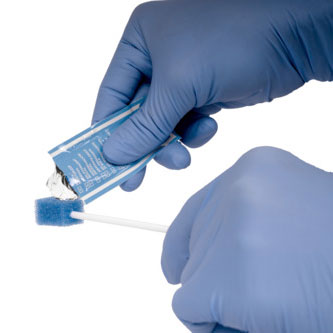



Zeynep Ergeneci
Product Manager ReadyCare, Personal Care, Advanced Wound Care and Repositioning & Offloading, Medline Europe
Zeynep, originally from Turkey, came to the Netherlands in 2020 to complete her Master of Science in Economics. She graduated in 2021 and completed an internship in sales analysis. After that, she joined Medline Europe and is currently managing Medline’s urology and ReadyCare portfolios. Zeynep has a passion for travelling, exploring new cultures and really enjoys nature. Learn more on Linkedin.
References:
1. Koulenti, D., Tsigou, E., & Rello, J. (2016). Nosocomial pneumonia in 27 ICUs in Europe: perspectives from the EU-VAP/CAP study. European Journal of Clinical Microbiology & Infectious Diseases, 36(11), 1999–2006. https://doi.org/10.1007/s10096-016-2703-z
2. Leistner R, Kankura L, Bloch A, Sohr D, Gastmeier P, Geffers C (2013). Attributable costs of ventilator-associated lower respiratory tract infection (LRTI) acquired on intensive care units: a retrospectively matched cohort study. Antimicrobial Resistance and Infection Control 2(1):13.
3. Masterton, R. G., Galloway, A., French, G., Street, M., Armstrong, J., Brown, E., Cleverley, J., Dilworth, P., Fry, C., Gascoigne, A. D., Knox, A., Nathwani, D., Spencer, R., & Wilcox, M. (2008). Guidelines for the management of hospital-acquired pneumonia in the UK: Report of the Working Party on Hospital-Acquired Pneumonia of the British Society for Antimicrobial Chemotherapy. Journal of Antimicrobial Chemotherapy, 62(1), 5–34. https://doi.org/10.1093/jac/dkn162
4. Health Protection Surveillance Centre. (2011, February). Guidelines for the prevention of ventilator-associated pneumonia in adults in Ireland. https://www.hpsc.ie/a-z/microbiologyantimicrobialresistance/infectioncontrolandhai/guidelines/File,12530,en.pdf

